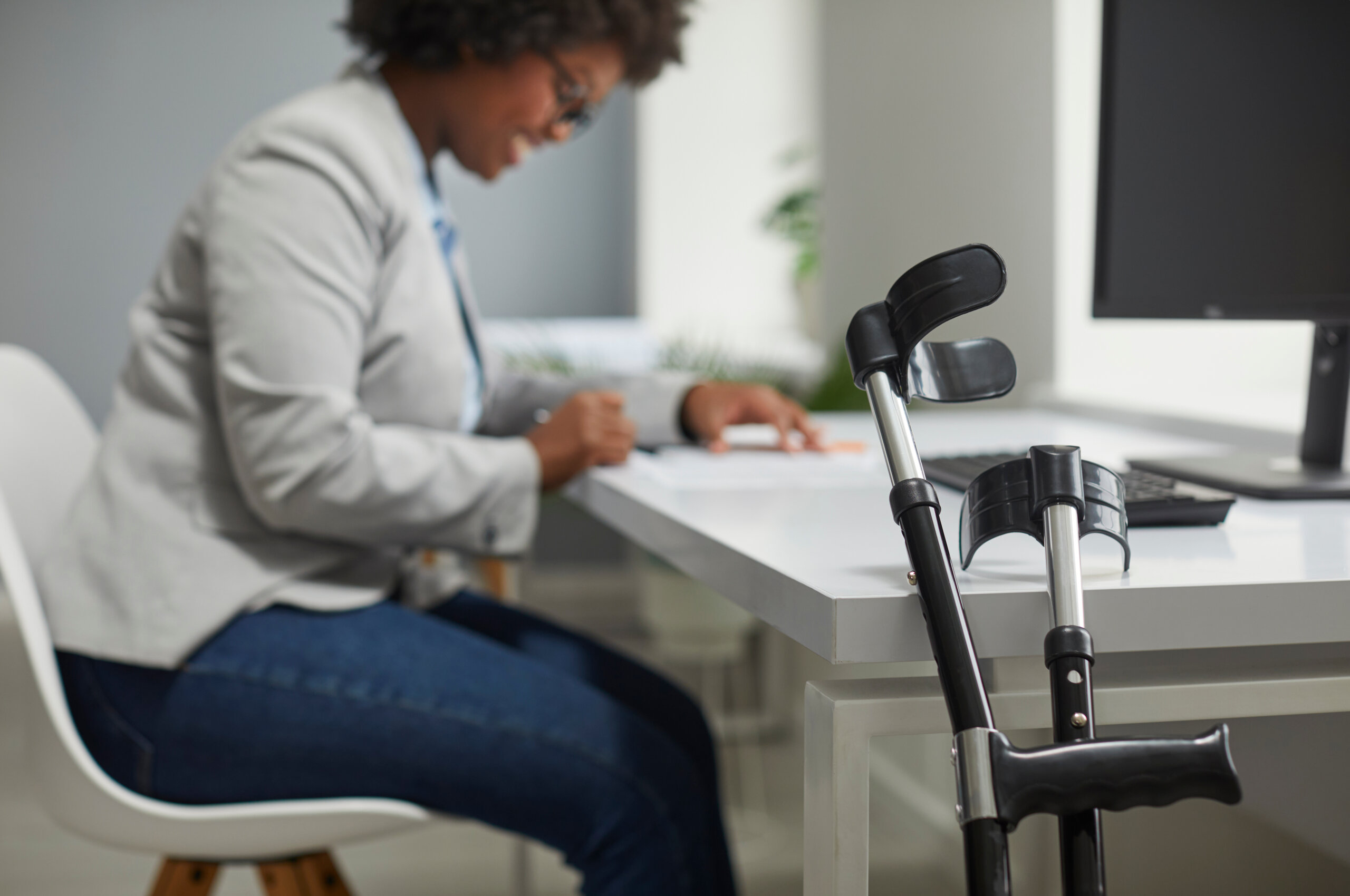This article is the fourth of the Case for Change series, developed as part of the Disability Inclusion Toolkit. In this piece we expand from talking about disability in the workplace, to a related concern employees may have: finding the right educational path for their children with disabilities. Here too, companies can play a part.
The big IDEA
The Individuals with Disabilities Education Act, or IDEA, is federal legislation enacted in 1975 to ensure equity for children with disabilities (visible or otherwise) in education. It guarantees a free and appropriate public school education suitable to each student’s ability in the least restrictive environment. This is for students who have been determined by a professional to have differences that may adversely affect academic performance.
It was reauthorized in 2004 and most recently amended in December 2015 to clarify that disability does not void an individual’s right to ‘participate in or contribute to society.’ In other words, experiencing the world differently shouldn’t negate the opportunity to be an active part of it.
According to the National Center for Education statistics, in the 2021 to 2022 school year, about 12% of Texas students in kindergarten through grade 12 (K-12) were served by IDEA. But great outcomes are realized when the legislation is paired with specially trained educators.
Planning for the future
For parents of children with disabilities, navigating educational options and figuring out what life will look like after graduation can be confusing—which has the potential to impact their performance as employees.
“While not directly the responsibility of employers to find disability resources for their employees, the more they can provide information and facilitate connection to those programs, the more supported and connected the employee will feel with the company,” said Michael Thomas, founder of ConnectIDD. “Moreover, the more a family has external support and programs in place, the better they will perform at work; it’s that simple. Demonstrating this sort of care and support for an employee and their family is an easy win, generating more committed team members”.
In Texas, preparing both parents of students with disabilities and the students themselves for life after secondary education starts with a “transition service,’ when the child turns 14 years old.
“In every other state, this is called an IEP – individual educational plan. In Texas, it’s called an admission review and dismissal, or ARD, committee meeting,” said Laura Caudill, a consultant who dedicated her 45-year career to working in special education.
‘Student disability’ in the Texas definition ranges from speech impediments to dyslexia to Intellectual or Developmental Disability (IDD). For those with significant IDD, the plan may be to learn independent living skills.
“We do an ‘interest inventory’ and then develop that transition plan based on what the child likes or thinks they would like to do,” said Caudill.
Today, ‘innovation’ is a bit of a buzzword, but for years, special education leaders have been practicing the innovation mindset as they design, pivot, and tweak individual strategies for students. The child’s likes/dislikes and abilities are taken into consideration, a ‘beta’ version of their post-secondary plan is created, and then they ‘test and learn’ to determine if it makes sense to keep working towards that goal.
For example, suppose a student says they want to be a veterinarian because of a fondness for animals. In that case, an educator might suggest taking an animal husbandry class (available through Texas Career and Technical Education programs). After completing that class, if the student still wants to pursue a veterinary degree, educators will search for more ways to validate and review that plan. The hope is that, at graduation, students have realistic expectations for the career they chose.
Another resource for students with disabilities is the vocational rehabilitation program accessed through the Texas Workforce Commission (TWC). The program has three buckets—education and training, employment services, and employment resources. Caudill provided an example of how the TWC helped a student who wanted to attend cosmetology school secure supplies and textbooks.

The human touch
State and federal legislation provide a blueprint for addressing the needs of students with disabilities, but legislation alone is insufficient. The teachers and other personnel prepare students to navigate the world without the safety net of educational resources they may have had since kindergarten. Caudill says educators take students as far as possible on the post-secondary plan by obtaining a summary of students’ performance, making any necessary recommendations, and ensuring they have the required number of credits. They also teach these students how to communicate their needs confidently.
“The day they graduate from 12th grade, all the services provided by IDEA end [and are] replaced by Section 504 of the Americans with Disabilities Act,” said Caudill. “But the ADA is a federal program and isn’t tailored to each student. That’s why we help them learn how to self-advocate.”
Evolving disability inclusion
“Federal legislation like IDEA is a piece of disability inclusion—and I find that so much can happen on a local level,” said Caudill. “I’d love to see Dallas lead the nation on disability inclusion, and that starts with normalizing the conversation around disabilities. We all have them. I think one of the best things parents can do is show kids what their own challenges are and how they adapt.”
In Caudill’s experience, students with disabilities—or who have loved ones with disabilities—are the most empathetic and intrinsically innovative.
“These are the students who find new ways of doing things because the ‘normal’ way doesn’t work for them or their loved one. Imagine what organizations could create with more of these naturally innovative minds in the workforce.”
Parents of any child can start changing the conversation immediately simply by normalizing the topic and challenging their assumptions of disability, which may be faulty.
Development of this story was supported by Michaela Noble, Esq., management-side employment attorney at Littler Mendelson P.C., and Mark Flores, Esq., shareholder at Littler Mendelson P.C.